The world's first neutrino observation in a hydrogen bubble chamber.
It was found Nov. 13, 1970, in this photograph from the Zero Gradient Synchrotron's
12-foot bubble chamber. The invisible neutrino strikes a proton where three
particle tracks originate (lower right). The neutrino turns into a mu-meson, the long center track (extending up and left). The short track is the proton.
The third track (extending down and left) is a pi-meson created by the
collision.
Click on image for full size
Argonne National Laboratory
Neutrinos
The neutrino is an extremely light (and possibly massless) neutral particle.
The neutrino belongs to the family of leptons, the particles that interact
through the so-called
weak force.
For this reason and because it is electrically neutral, neutrino interactions
with matter are extremely rare.
Fusion reactions in the Sun
produce neutrinos through a process known as
beta decay.
By detecting these neutrinos, scientists can learn
about the solar interior.
Because neutrinos do not interact with matter, they are very difficult
to detect. The Sun is estimated
to produce some 10
38 neutrinos per second. Billions of these
neutrinos pass through the Earth without a single interaction.
Large and very sensitive
detectors are actually
able to detect neutrinos.
Click here for a brief history of
the discovery of neutrinos.
Neutrinos are produced in a variety of nuclear processes: most of
the neutrinos that reach Earth from space come from the Sun
(solar
neutrinos). Other sources of neutrinos are the Earth's atmosphere
(neutrinos are produced in reactions triggered
by cosmic gamma rays),
exploding stars
(supernovae),
relic neutrinos (according to the current theory about the
origin of the universe)
and nuclear power plants.
You might also be interested in:
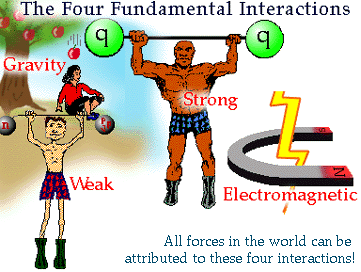
The interactions in the Universe are governed by four forces (strong, weak, electromagnetic and gravitational). Physicists are trying to derive a unified theory that would describe all the forces in nature
...more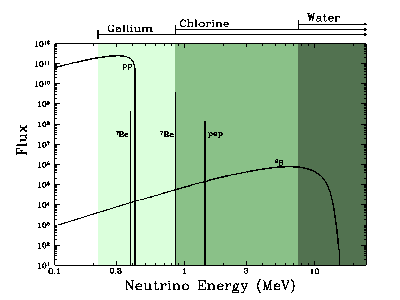
Theories about fusion inside the solar core predict the number of neutrinos that should reach Earth. Experiments on Earth have been set up to detect solar neutrinos in order to test the validity of these
...more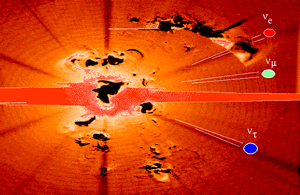
All of the matter and energy in the Universe was initially confined in a very small region until an enormous explosion occurred, causing the Universe to expand. This expansion continues today.
...more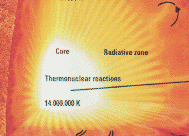
The solar core is made up of an extremely hot and dense gas (in the plasma state). Despite a density of 160,000 Kg/m3, the temperature of 15 million kelvins (27 million degrees Faranheit) prevents the
...more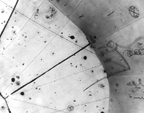
Atoms and the minute particles from which they are made strongly influence the nature of many phenomena that play out their roles on astronomical scales. The fields of atomic physics and particle physics
...more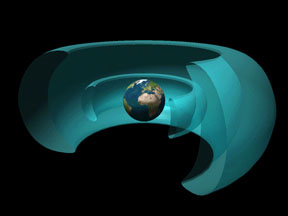
One main type of radiation, particle radiation, is the result of subatomic particles hurtling at tremendous speeds. Protons, cosmic rays, and alpha and beta particles are some of the most common types
...more
The neutrino is an extremely light (and possibly massless) neutral particle. The neutrino belongs to the family of leptons, the particles that interact through the so-called weak force. For this reason
...more













